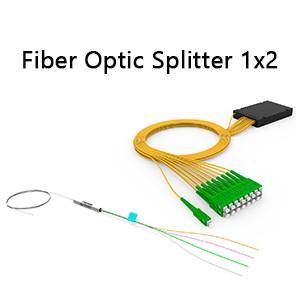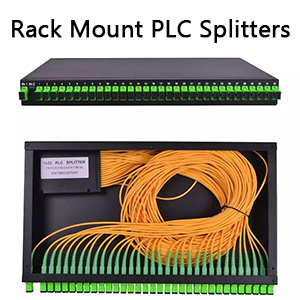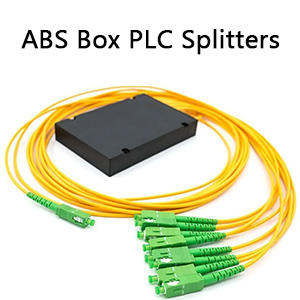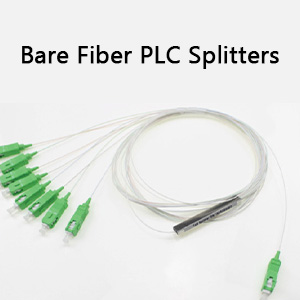1. Background History of Optical Circulator
An optical circulator is a crucial multi-port (minimum three ports) nonreciprocal passive component in optical communication systems. Similar in function to a microwave circulator, it transmits a lightwave from one port to the next sequential port while blocking any light transmission from one port to the previous port. This behavior is based on the nonreciprocal polarization rotation of the Faraday effect.
Since their inception in the 1990s, optical circulators have become indispensable in advanced optical communication systems, especially Wavelength Division Multiplexing (WDM) systems. Their applications span telecommunications, medical fields, and imaging, growing in importance alongside technologies like erbium-doped fiber amplifiers and fiber Bragg gratings.
2. Background Technology
2.1. Faraday Effect
Discovered by Michael Faraday in 1845, the Faraday effect involves the rotation of the polarization plane of an electromagnetic wave within a material under a magnetic field parallel to the lightwave’s propagation direction. This rotation is nonreciprocal, meaning its direction remains constant regardless of the lightwave’s propagation direction. The rotation angle (θ) is given by:
θ=VBL\theta = VBLθ=VBL
where:
- VVV is the Verdet constant of the material,
- BBB is the magnetic field strength,
- LLL is the length of the material.
Faraday materials, such as rare-earth-doped glasses and garnet crystals (e.g., Yttrium Iron Garnet (YIG) and Bismuth-substituted Iron Garnets (BIG)), are chosen for their large Verdet constants at 1310 nm and 1550 nm wavelengths, making them ideal for optical communication. BIG, with a significantly higher Verdet constant than YIG, enables more compact device designs. These materials usually require external magnets, although pre-magnetized garnet crystals have been developed to eliminate this need.
2.2. Light Propagation in Birefringent Crystals
Birefringent crystals, typically anisotropic uniaxial crystals, possess two refractive indices and an optical axis. The light’s phase velocity in these crystals varies with its propagation direction and polarization state. Depending on the polarization and crystal orientation, the light can either maintain its polarization or split into two beams with orthogonal polarization states. Common birefringent crystals include quartz, rutile, calcite, and YVO4.
2.3. Waveplates
Waveplates, made from birefringent crystals, modify the polarization state of light. A quarter-waveplate converts linearly polarized light into circularly polarized light, while a half-waveplate rotates the polarization direction of linearly polarized light. These are typically constructed from crystal quartz due to its low birefringence.
2.4. Beam Displacer
Beam displacers, another application of birefringent crystals, split an incoming beam into two orthogonally polarized beams. The separation between the beams depends on the crystal’s thickness and the angle between its optic axis and the propagation direction. Rutile, calcite, and YVO4 are preferred materials for beam displacers due to their significant birefringence.
3. How Optical Circulator Works
Optical circulators fall into two categories:
- Polarization-dependent: Functional only for light with a specific polarization state, used in limited applications like free-space communications and optical sensing.
- Polarization-independent: Functional regardless of the light’s polarization state, commonly used in fiber optic communication systems due to the varying polarization state in standard optical fibers.
Additionally, optical circulators are classified based on their functionality:
- Full circulator: Light passes through all ports in a complete circle.
- Quasi-circulator: Light passes sequentially through ports, with the last port losing any further transmission back to the first port.
3.1. Nonreciprocal Polarization Rotation-based Circulators
Early designs used dielectric coatings-based polarization beam splitters, but current designs favor birefringent crystals for higher isolation. In these designs, light beams are split, rotated, and recombined using Faraday rotators and half-waveplates to achieve the desired nonreciprocal transmission.
3.2. Asymmetric Field Conversion-based Circulators
These circulators use two-beam interference with nonreciprocal phase shifting. This simple structure could lower costs, but precise phase control and path length management are critical for performance. Currently, this principle is primarily explored in waveguide devices, with no commercial products available yet.
4. Newer Optical Circulator Designs to Reduce the Use of Materials and Size
Recent advancements aim to lower costs and improve reliability by reducing material use and size. One approach involves using a diverging beam rather than a collimated beam, allowing for smaller, more cost-effective designs. This method places optical elements in a diverging beam, reducing the overall size and complexity of the device while maintaining performance.
In summary, optical circulators have evolved significantly since the 1990s, leveraging advanced materials and innovative designs to enhance performance and reduce costs. These components remain vital in modern optical communication systems, with ongoing research focused on further miniaturization and cost reduction.










